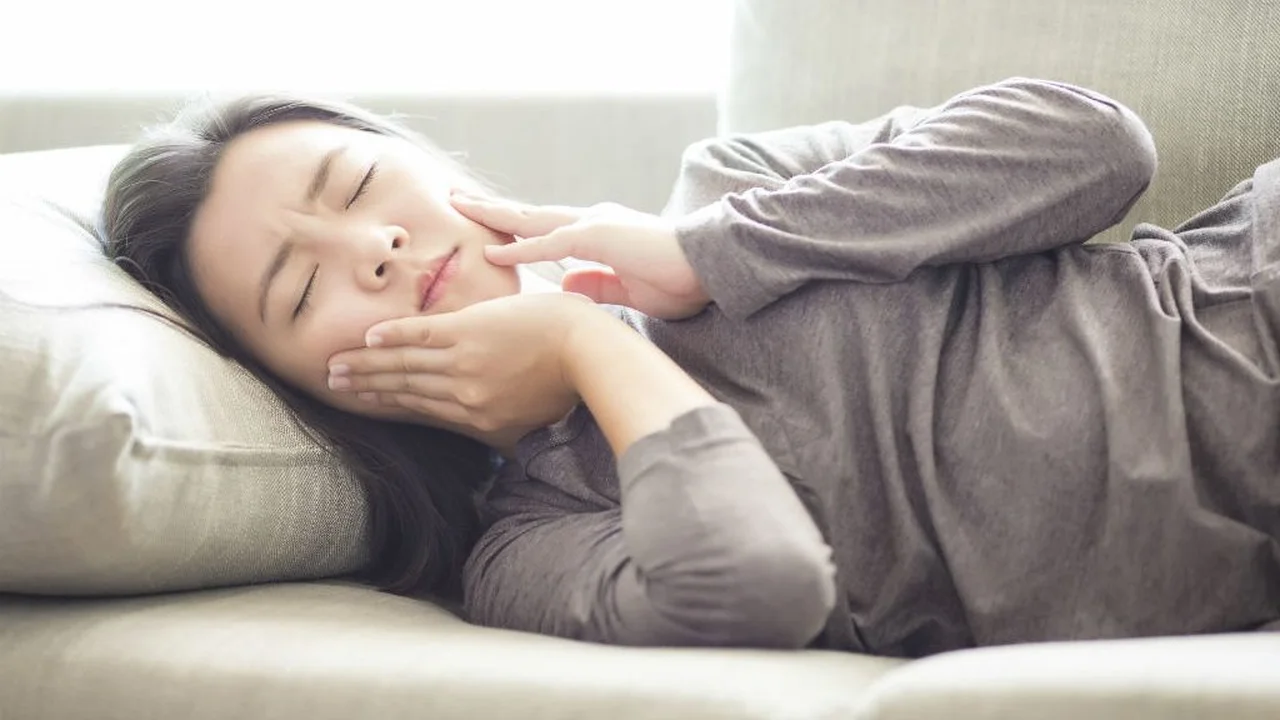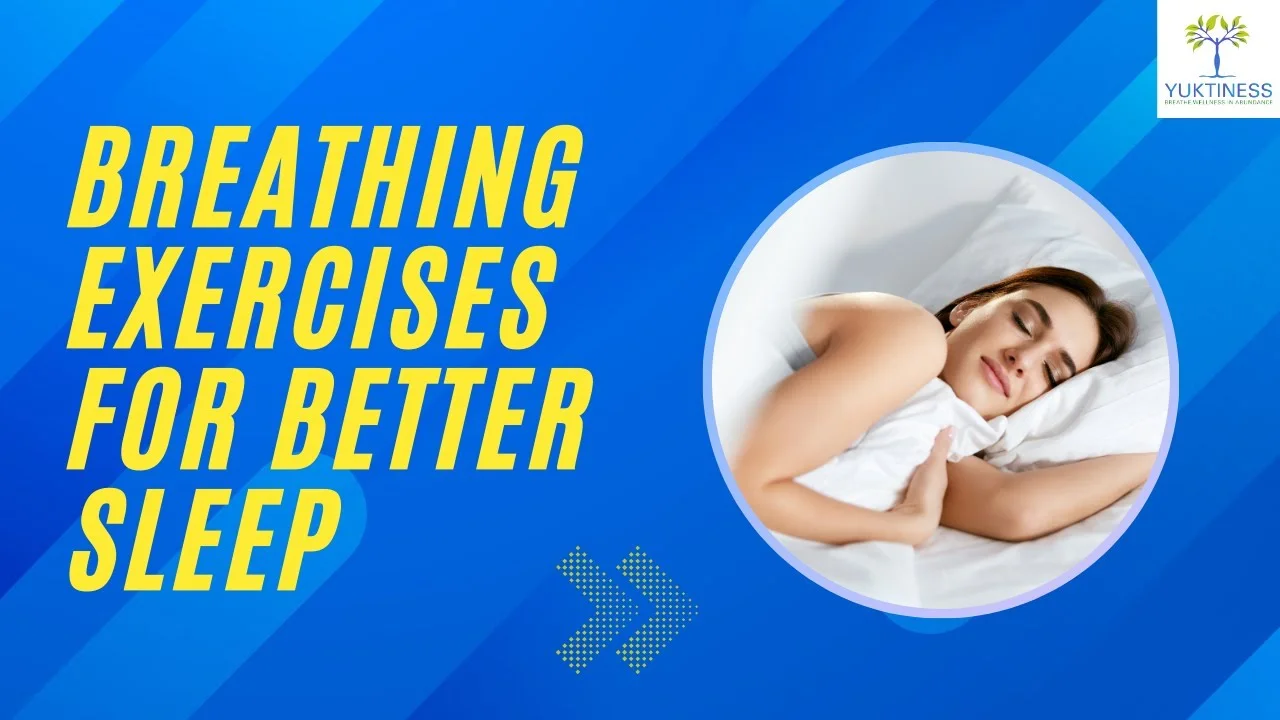Decoding REM Sleep Benefits
Explore the crucial role of REM sleep in memory consolidation and emotional regulation. Understand why adequate REM is vital for cognitive function.

Decoding REM Sleep Benefits The Ultimate Guide to Rapid Eye Movement Sleep
Understanding REM Sleep What is REM Sleep and Why Does it Matter
Hey there, sleep enthusiasts! Ever woken up feeling like your brain just got a major defrag, or perhaps like you just ran a marathon in your dreams? Chances are, you've just experienced the wonders of REM sleep. REM, short for Rapid Eye Movement, is one of the most fascinating and crucial stages of our sleep cycle. It's not just about dreaming; it's a powerhouse for your brain and emotional well-being. Think of it as your brain's nightly deep clean and reorganization session. Without enough REM sleep, you might find yourself feeling foggy, irritable, and struggling to remember things. So, let's dive deep into what REM sleep is, why it's so important, and how you can make sure you're getting enough of this vital stage.
During REM sleep, your brain activity actually looks quite similar to when you're awake. Your eyes dart rapidly back and forth (hence the name!), your breathing becomes more irregular and shallow, and your heart rate and blood pressure increase. Interestingly, despite all this internal activity, your muscles become temporarily paralyzed. This is a good thing – it prevents you from acting out your dreams! This stage typically occurs about 90 minutes after you fall asleep, and each subsequent REM period gets longer, with the longest ones happening in the early morning hours. For adults, REM sleep usually accounts for about 20-25% of total sleep time. For infants, it's even higher, highlighting its importance in development.
The Cognitive Powerhouse REM Sleep and Memory Consolidation
One of the most significant benefits of REM sleep is its role in memory consolidation. Imagine your brain as a giant filing cabinet. Throughout the day, you're constantly acquiring new information – facts, skills, experiences. During REM sleep, your brain actively works to sort, process, and store these memories. It's like the night shift at the library, organizing all the new books into their proper shelves. This process is particularly important for procedural memories (how to do things, like riding a bike or playing an instrument) and emotional memories. Studies have shown that people who get adequate REM sleep perform better on memory tasks and learning new skills.
Think about it: if you're trying to learn a new language or master a complex skill, pulling an all-nighter might seem like a good idea, but it's actually counterproductive. Your brain needs that REM time to solidify what you've learned. Without it, the information might just float away. This is why students often find that a good night's sleep before an exam is far more beneficial than cramming. Your brain uses REM sleep to integrate new information with existing knowledge, creating a more robust and accessible memory network. It's not just about remembering facts; it's about understanding and applying them.
Emotional Regulation The Therapeutic Benefits of REM Sleep
Beyond memory, REM sleep is a crucial player in emotional regulation. Ever noticed how a good night's sleep can make a bad day seem a little less daunting? That's REM sleep at work. During this stage, your brain processes emotional experiences, helping you to cope with stress, anxiety, and even trauma. It's believed that dreaming, which is most vivid during REM, acts as a sort of emotional therapy, allowing your brain to re-evaluate and integrate emotional memories in a safe, simulated environment.
Research suggests that REM sleep helps to reduce the emotional intensity of memories. This is why people with PTSD often have disturbed REM sleep – their brains aren't getting the chance to properly process traumatic events. By allowing your brain to revisit and re-contextualize emotional experiences, REM sleep helps to 'take the edge off' difficult feelings, promoting emotional resilience and mental well-being. So, if you're feeling overwhelmed or emotionally drained, prioritizing your REM sleep can be a powerful tool for recovery and balance.
The Dream World Exploring the Purpose of Dreaming in REM Sleep
Ah, dreams! The mysterious, often bizarre, and sometimes profound narratives that unfold in our minds during REM sleep. While the exact purpose of dreaming is still a subject of scientific debate, many theories suggest it's deeply intertwined with the functions of REM sleep. Some believe dreams are a way for our brains to process emotions and consolidate memories, as we discussed. Others propose that dreams are a form of problem-solving, allowing our subconscious to work through challenges and generate creative solutions.
From a more psychological perspective, dreams can be seen as a window into our subconscious desires, fears, and unresolved conflicts. While not always literal, the symbolism in dreams can offer insights into our waking lives. Regardless of the specific theory, it's clear that dreaming is a complex and integral part of the REM sleep experience. It's a unique state of consciousness where our minds can explore possibilities, rehearse scenarios, and integrate experiences in ways that aren't possible during wakefulness. So, next time you have a vivid dream, remember it's your brain doing some serious work!
Signs of REM Sleep Deprivation Recognizing the Red Flags
So, if REM sleep is so important, how do you know if you're not getting enough? REM sleep deprivation can manifest in several ways, impacting both your cognitive function and emotional state. Common signs include difficulty concentrating, impaired memory (especially for new information), increased irritability, mood swings, and a general feeling of being 'off.' You might also notice a decreased ability to cope with stress, feeling more anxious or overwhelmed than usual.
Physically, you might experience increased fatigue even after what seems like a full night's sleep, or a general lack of energy. Some people report vivid, disturbing dreams or nightmares when they finally do get REM sleep, as their brain tries to 'catch up' on processing. If you consistently wake up feeling unrefreshed, struggle with emotional regulation, or find your memory isn't as sharp as it used to be, it might be worth looking into your sleep patterns and considering if you're getting enough quality REM sleep.
Optimizing Your REM Sleep Practical Strategies for Better Rest
Now for the good stuff: how can you ensure you're getting enough of this vital REM sleep? It largely comes down to good sleep hygiene and creating an environment conducive to deep, uninterrupted rest. Here are some actionable strategies:
Consistency is Key Maintaining a Regular Sleep Schedule
Your body loves routine, and your circadian rhythm thrives on consistency. Going to bed and waking up at the same time every day, even on weekends, helps to regulate your internal clock. This consistency signals to your body when it's time to wind down and when it's time to be alert, making it easier to fall asleep and progress through all sleep stages, including REM.
The Power of Darkness Creating an Optimal Sleep Environment
Light exposure, especially blue light from screens, can significantly disrupt melatonin production, the hormone that signals sleep. Make your bedroom as dark as possible. Invest in blackout curtains, turn off all electronic devices at least an hour before bed, and consider using an eye mask. A dark room helps your brain understand it's time to produce melatonin and enter deeper sleep stages.
Temperature Matters Finding Your Ideal Sleep Temperature
Most sleep experts agree that a cool room is best for sleep. The ideal temperature for most people is between 60-67 degrees Fahrenheit (15-19 degrees Celsius). A cooler environment helps your body's core temperature drop, which is a natural part of the sleep process and facilitates deeper sleep cycles, including REM.
Mind Your Diet and Drinks What to Consume for Better REM Sleep
What you eat and drink can have a big impact on your sleep. Avoid heavy meals, caffeine, and alcohol close to bedtime. While alcohol might make you feel drowsy, it actually disrupts REM sleep later in the night. Opt for light, easily digestible snacks if you're hungry, and consider herbal teas known for their calming properties. Some foods rich in tryptophan (like turkey, nuts, and seeds) can also promote sleep.
Stress Reduction Techniques Calming Your Mind for Deeper Sleep
Stress and anxiety are major culprits for disturbed sleep. Incorporate stress-reducing activities into your daily routine. This could be meditation, deep breathing exercises, gentle yoga, or journaling. Creating a relaxing pre-sleep routine – like a warm bath, reading a book, or listening to calming music – can signal to your body that it's time to wind down and prepare for restorative sleep.
Technology for Tracking and Enhancing REM Sleep
In today's tech-driven world, there are numerous gadgets and apps designed to help you understand and even improve your sleep, including your REM cycles. While no consumer device is as accurate as a clinical sleep study (polysomnography), many can provide valuable insights and help you identify patterns.
Sleep Trackers Wearables and Under-Mattress Devices
Sleep trackers, whether worn on your wrist or placed under your mattress, use sensors to estimate your sleep stages, including REM. They typically track heart rate, movement, and sometimes breathing patterns to infer sleep stages. While they might not be perfectly precise, they can help you identify if you're consistently getting less REM sleep than recommended.
Popular Sleep Trackers for REM Sleep Monitoring:
- Oura Ring Gen3: This sleek ring tracks heart rate variability, body temperature, and movement to provide detailed sleep stage analysis, including REM. It's known for its accuracy among wearables and offers personalized insights and readiness scores.
- Whoop 4.0: A wrist-worn strap that focuses on recovery and strain, Whoop also provides comprehensive sleep stage tracking, including REM, and offers coaching based on your data.
- Fitbit Sense 2 / Charge 6: These popular fitness trackers offer good sleep tracking features, including estimated REM sleep, and integrate with the Fitbit app for detailed daily and weekly reports.
- Withings Sleep Tracking Mat: This non-wearable mat slips under your mattress and tracks sleep cycles, heart rate, and even breathing disturbances, providing a less intrusive way to monitor your sleep.
Smart Mattresses and Beds The Future of Sleep Optimization
Some advanced mattresses and smart beds are designed with built-in sensors that can track your sleep stages, including REM, and even adjust firmness or temperature to optimize your sleep environment. These can be quite an investment but offer a seamless, integrated approach to sleep tracking and enhancement.
Examples of Smart Mattresses/Beds:
- Eight Sleep Pod 3: This smart mattress cover actively cools and heats your bed, tracks your sleep stages (including REM), and offers personalized temperature adjustments throughout the night to optimize your sleep. It's a premium product with a subscription model for full features. Price Range: $2,000 - $3,500+ (for the Pod cover, mattress extra).
- Sleep Number 360 Smart Bed: These beds feature adjustable firmness and can track your sleep, including REM, and automatically adjust to your movements to provide optimal support. They also offer insights into your sleep quality. Price Range: $2,000 - $10,000+ depending on model and features.
Light Therapy Devices and Smart Lighting
While not directly tracking REM, these devices can significantly influence your circadian rhythm, which in turn impacts your sleep cycles. Light therapy lamps can help regulate your internal clock, especially for those with seasonal affective disorder or irregular schedules. Smart light bulbs can be programmed to emit warm, dim light in the evenings and gradually brighten in the mornings, mimicking natural light cycles to support healthy sleep patterns.
Recommended Light Therapy/Smart Lighting Products:
- Philips Hue Smart Bulbs: These smart bulbs allow you to customize light color and intensity, making it easy to create a sleep-friendly environment by reducing blue light in the evenings. Price Range: $15 - $50 per bulb.
- Philips SmartSleep Wake-up Light: This alarm clock simulates a natural sunrise, gradually brightening to wake you gently, which can help regulate your circadian rhythm and improve overall sleep quality. Price Range: $50 - $200.
Sound Machines and Apps Creating a Soothing Soundscape
White noise machines, pink noise, or nature sound apps can help mask disruptive noises and create a consistent, soothing soundscape conducive to sleep. While they don't directly increase REM, a more peaceful sleep environment can lead to longer, more consolidated sleep cycles, allowing for more REM.
Top Sound Machines/Apps:
- Hatch Restore 2: This all-in-one device combines a sound machine, smart light, and alarm clock, offering guided meditations and a vast library of sleep sounds to help you fall asleep and wake up gently. Price Range: $130 - $200.
- LectroFan Evo: A dedicated sound machine offering 22 unique non-looping sounds, including white noise, fan sounds, and ocean waves, for consistent background noise. Price Range: $50 - $70.
- Calm App / Headspace App: These popular meditation and mindfulness apps offer extensive libraries of sleep stories, guided meditations, and soundscapes designed to help you relax and fall asleep. Price Range: Subscription based, typically $15/month or $70/year.
When to Seek Professional Help Recognizing Persistent Sleep Issues
While these tips and tools can be incredibly helpful, it's important to know when to seek professional help. If you've consistently tried to improve your sleep hygiene and still struggle with persistent fatigue, memory issues, emotional dysregulation, or suspect a sleep disorder, it's time to consult a healthcare professional. A sleep specialist can conduct a proper diagnosis, such as a polysomnography (sleep study), which is the gold standard for accurately measuring sleep stages, including REM, and identifying underlying conditions like sleep apnea or narcolepsy.
Don't hesitate to reach out to your doctor if sleep issues are significantly impacting your daily life. They can provide personalized advice, recommend further testing, or refer you to a sleep clinic. Remember, prioritizing your sleep, especially your REM sleep, is an investment in your overall health, well-being, and cognitive function. Sweet dreams!
:max_bytes(150000):strip_icc()/277019-baked-pork-chops-with-cream-of-mushroom-soup-DDMFS-beauty-4x3-BG-7505-5762b731cf30447d9cbbbbbf387beafa.jpg)






